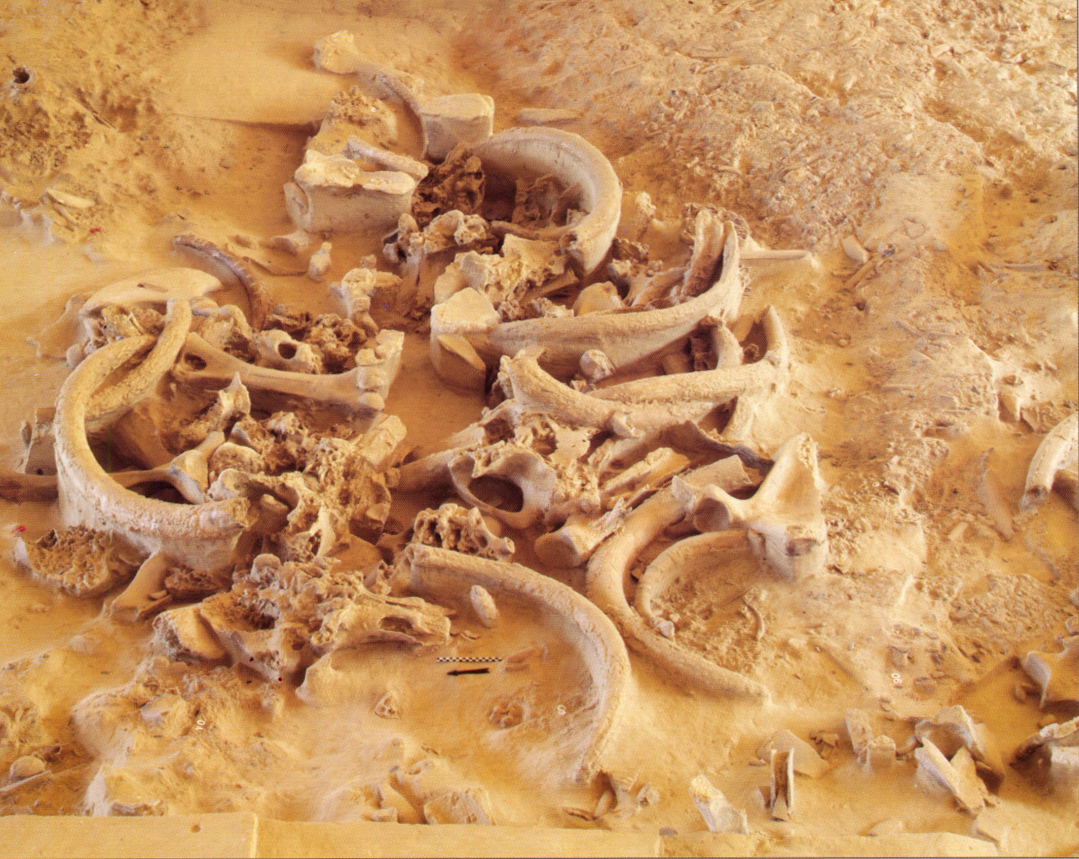
It is located in Hintsi village, Dukhove Village Council, Lubny district, Poltava region, in the western part of the village, at its border with Dukhove village, to the right (0.3 km to the south) from the road, which leads to the village centre.
It was discovered in 1873 by F. I. Kaminskyi who conducted minor excavations there. In the end of 19th c., it was surveyed by H. S. Kyriakov and V. I. Vernadskyi.
In 1904-1906 relatively large areas were excavated by an expedition headed by R. I. Helvih. The first dwelling and household facilities complex was later surveyed in 1914-1916 and 1918 by V. M. Shcherbakivskyi, with the participation of V. O. Horodtsov and Ye. A. Chekalenko. In 1935 major surveys were conducted in Hintsi by I. F. Levytskyi, with involvement of O. Ya. Briusov and M. Ye. Foss. In 1977-1980 and 1985 they were continued by V. Ya. Serhin, the expert in the Palaeolithic age from Moscow.
Since 1993 the constant surveys have been conducted on the settlement within the framework of the international project by the National Academy of Sciences of Ukraine and The French National Centre for Scientific Research (CNRS), headed by the archaeologist L. A. Yakovleva from Kyiv and the French researcher F. Jinjan with the participation of E. Desclaux, V. Dujardin and others
The settlement is located on the cape-like elevation crossed by several branches of an ancient ravine and at the slope of 2nd floodplain terrace of the Udai River, the right tributary of the Sula River.
The final horizon of the cultural layer is present at all the site territory, which approximately makes up more than 4,000 sq. m. Several dwelling and household facilities were located there. The remains of one of them comprised the dwelling, middens and fireplaces. The dwelling had a round shape on the plan, its outer diameter was approximately 5.7 m and the inner one – up to 3.5 m. On its outer line 28 mammoth skulls were placed, in most cases dug with the nose section down. The dwelling inner room was filled with mammoth tusks, in rare occasions – with mammoth shoulder blade and hip bones, that has fallen from the dwelling walls and roof. Presumably, in the middle of it there was a ground fireplace. 4 hollows were found on the floor. The dwelling was surrounded by 7 big middens. The dwelling and household facilities complex was probably located directly to the south from the above-mentioned, where R. I. Helvih excavated 30-40 mammoth skulls, the considerable quantity of other bones and other cultural remains.
According to the result of surveys by L. A. Yakovleva, which was proved by three determinations at Oxford laboratory (by ABS methodology), the detected age of the cultural layers dates back to approximately 14,500 years BC. Not only pits for storing had been discovered around first surveyed dwelling and household facilities complex, but also the remains of the activity zone of the Late Paleolithic people outside their dwellings, in the open area elongated towards the east. It featured a massive concentration of bone ash and burnt bone fragments, as well as flint tools – the broken ones and the waste pieces. The hunting population of Hintsi was probably coming to the settlement site with some supply of flint, mostly as already pre-manufactured nuclei and some types of tools.
The brightest findings at Hintsi were discovered by V. M. Shcherbakivskyi. These are: a hammer made of reindeer horn; so-called “commander’s warder”, a woman’s hairpin made of bone, as well as a fragment of young mammoth tusk, decorated by carving with particular graphic fixation of certain time periods, which researcher believed to be the moon and calendar picturing, a sample of one of the first calendars. The first two objects are kept in the Poltava Museum of Local Lore, the third one is lost.
The Hintsi settlement was the first discovered among the Palaeolithic sites of the Eastern Europe and Ukraine in particular. It was simply because of the coincidence, that it did not become the first of the Palaeolithic sites to be discovered in the former Russian Empire due to the postponed message about its discovery by H. S. Kyriakov.
15th – 14th millennium BC.
It is located in Hintsi village, Dukhove Village Council, Lubny district, Poltava region, in the western part of the village, at its border with Dukhove village, to the right (0.3 km to the south) from the road, which leads to the village centre.
It was discovered in 1873 by F. I. Kaminskyi who conducted minor excavations there. In the end of 19th c., it was surveyed by H. S. Kyriakov and V. I. Vernadskyi.
In 1904-1906 relatively large areas were excavated by an expedition headed by R. I. Helvih. The first dwelling and household facilities complex was later surveyed in 1914-1916 and 1918 by V. M. Shcherbakivskyi, with the participation of V. O. Horodtsov and Ye. A. Chekalenko. In 1935 major surveys were conducted in Hintsi by I. F. Levytskyi, with involvement of O. Ya. Briusov and M. Ye. Foss. In 1977-1980 and 1985 they were continued by V. Ya. Serhin, the expert in the Palaeolithic age from Moscow.
Since 1993 the constant surveys have been conducted on the settlement within the framework of the international project by the National Academy of Sciences of Ukraine and The French National Centre for Scientific Research (CNRS), headed by the archaeologist L. A. Yakovleva from Kyiv and the French researcher F. Jinjan with the participation of E. Desclaux, V. Dujardin and others
The settlement is located on the cape-like elevation crossed by several branches of an ancient ravine and at the slope of 2nd floodplain terrace of the Udai River, the right tributary of the Sula River.
The final horizon of the cultural layer is present at all the site territory, which approximately makes up more than 4,000 sq. m. Several dwelling and household facilities were located there. The remains of one of them comprised the dwelling, middens and fireplaces. The dwelling had a round shape on the plan, its outer diameter was approximately 5.7 m and the inner one – up to 3.5 m. On its outer line 28 mammoth skulls were placed, in most cases dug with the nose section down. The dwelling inner room was filled with mammoth tusks, in rare occasions – with mammoth shoulder blade and hip bones, that has fallen from the dwelling walls and roof. Presumably, in the middle of it there was a ground fireplace. 4 hollows were found on the floor. The dwelling was surrounded by 7 big middens. The dwelling and household facilities complex was probably located directly to the south from the above-mentioned, where R. I. Helvih excavated 30-40 mammoth skulls, the considerable quantity of other bones and other cultural remains.
According to the result of surveys by L. A. Yakovleva, which was proved by three determinations at Oxford laboratory (by ABS methodology), the detected age of the cultural layers dates back to approximately 14,500 years BC. Not only pits for storing had been discovered around first surveyed dwelling and household facilities complex, but also the remains of the activity zone of the Late Paleolithic people outside their dwellings, in the open area elongated towards the east. It featured a massive concentration of bone ash and burnt bone fragments, as well as flint tools – the broken ones and the waste pieces. The hunting population of Hintsi was probably coming to the settlement site with some supply of flint, mostly as already pre-manufactured nuclei and some types of tools.
The brightest findings at Hintsi were discovered by V. M. Shcherbakivskyi. These are: a hammer made of reindeer horn; so-called “commander’s warder”, a woman’s hairpin made of bone, as well as a fragment of young mammoth tusk, decorated by carving with particular graphic fixation of certain time periods, which researcher believed to be the moon and calendar picturing, a sample of one of the first calendars. The first two objects are kept in the Poltava Museum of Local Lore, the third one is lost.
The Hintsi settlement was the first discovered among the Palaeolithic sites of the Eastern Europe and Ukraine in particular. It was simply because of the coincidence, that it did not become the first of the Palaeolithic sites to be discovered in the former Russian Empire due to the postponed message about its discovery by H. S. Kyriakov.
15th – 14th millennium BC.
Read moreПам’яткоохоронна інформація
Monument protection information
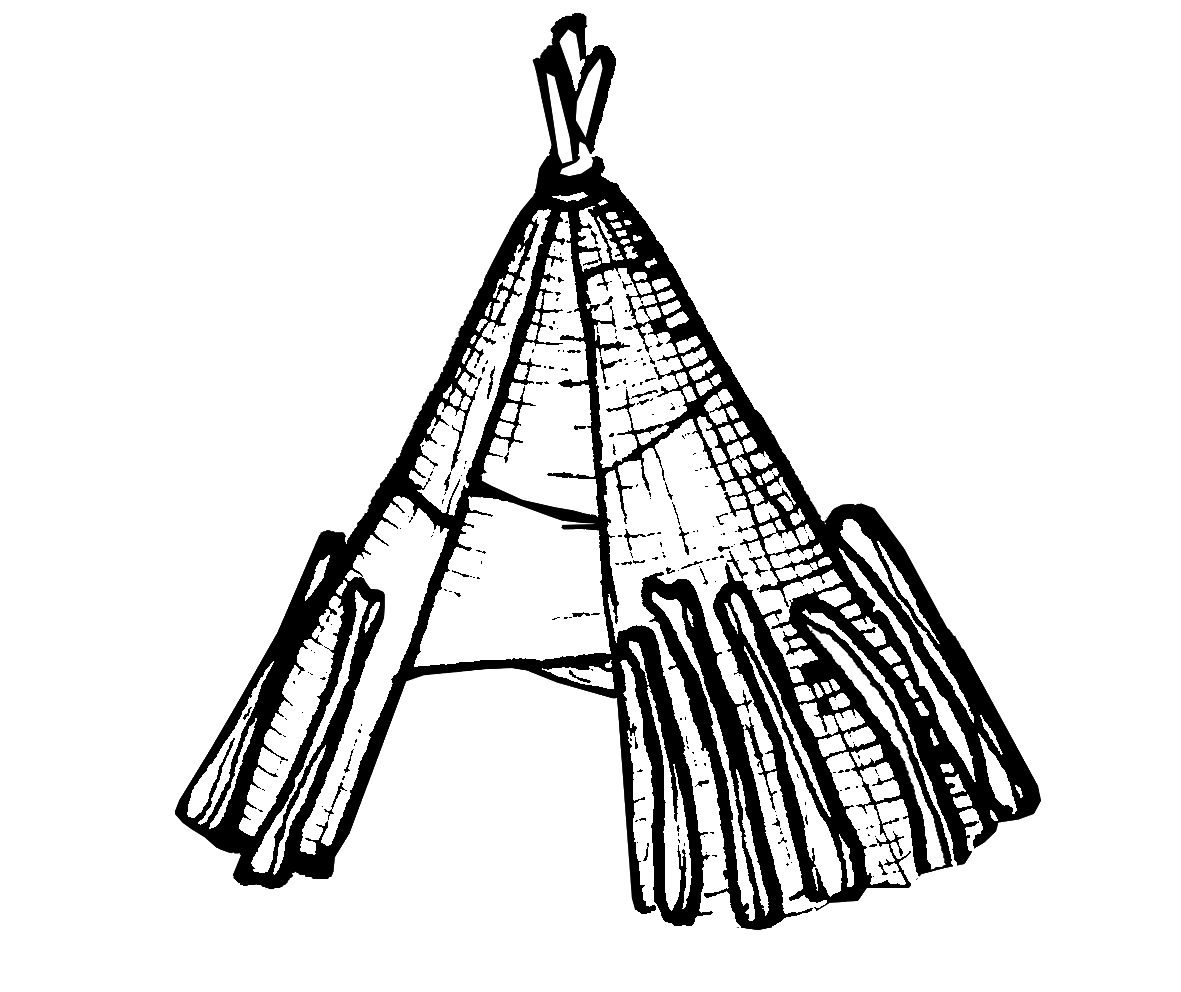
Пам’ятка археології національного значення.
Постанова Кабінету Міністрів України від 03.09.2009 № 928.
охоронний номер 160023-Н.
Пам’ятка археології національного значення.
Постанова Кабінету Міністрів України від 03.09.2009 № 928.
охоронний номер 160023-Н.
Наукові публікації
Scientific publications
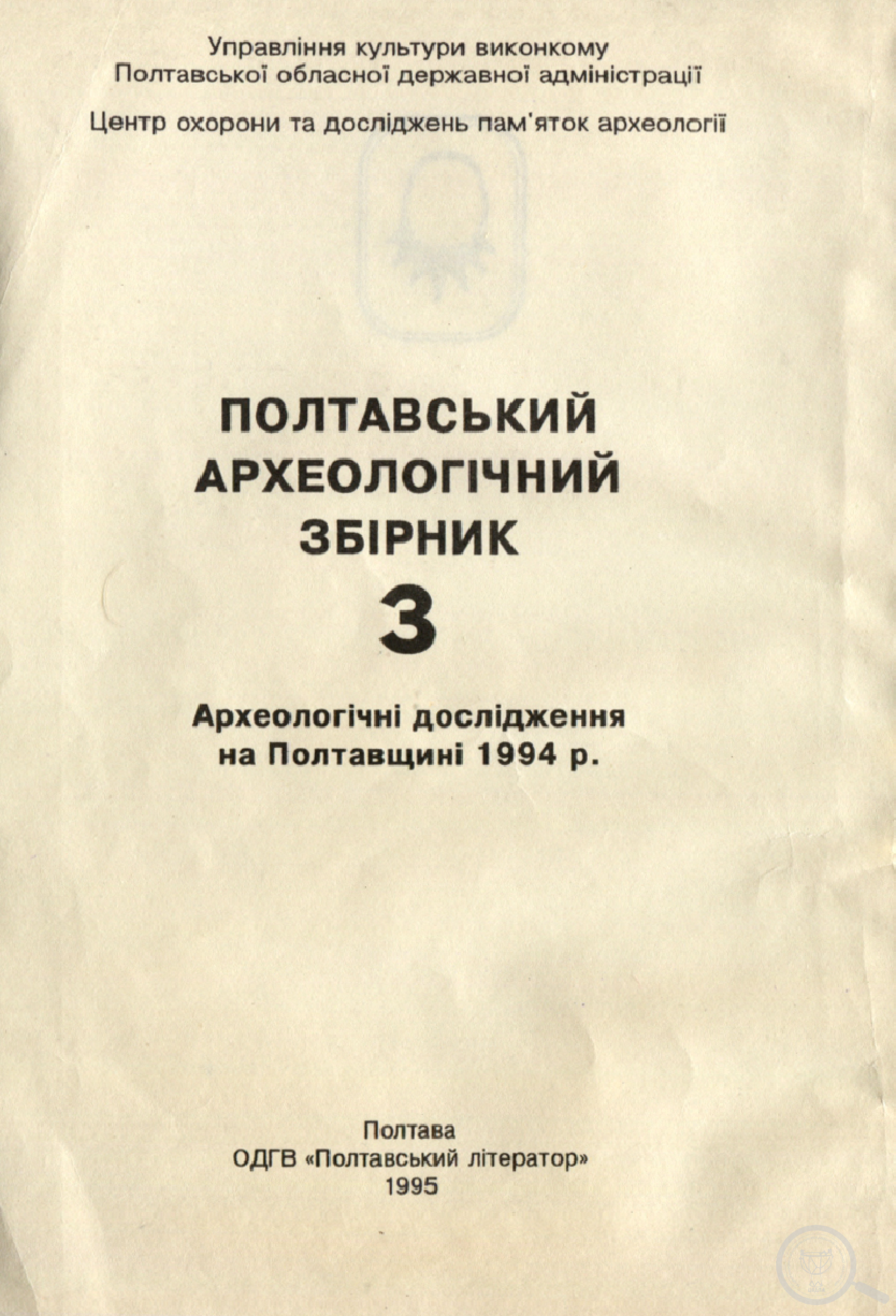
Супруненко О.Б. Перша колекція з Гінцівської стоянки // ПАЗ. — Полтава: Полтавський літератор, 1995. — Ч. 3 — С.183-190.
paz-3-1955_ginczivska-stoyanka-supruenko_w.pdfСупруненко О.Б. Перша колекція з Гінцівської стоянки // ПАЗ. — Полтава: Полтавський літератор, 1995. — Ч. 3 — С.183-190.
paz-3-1955_ginczivska-stoyanka-supruenko_w.pdf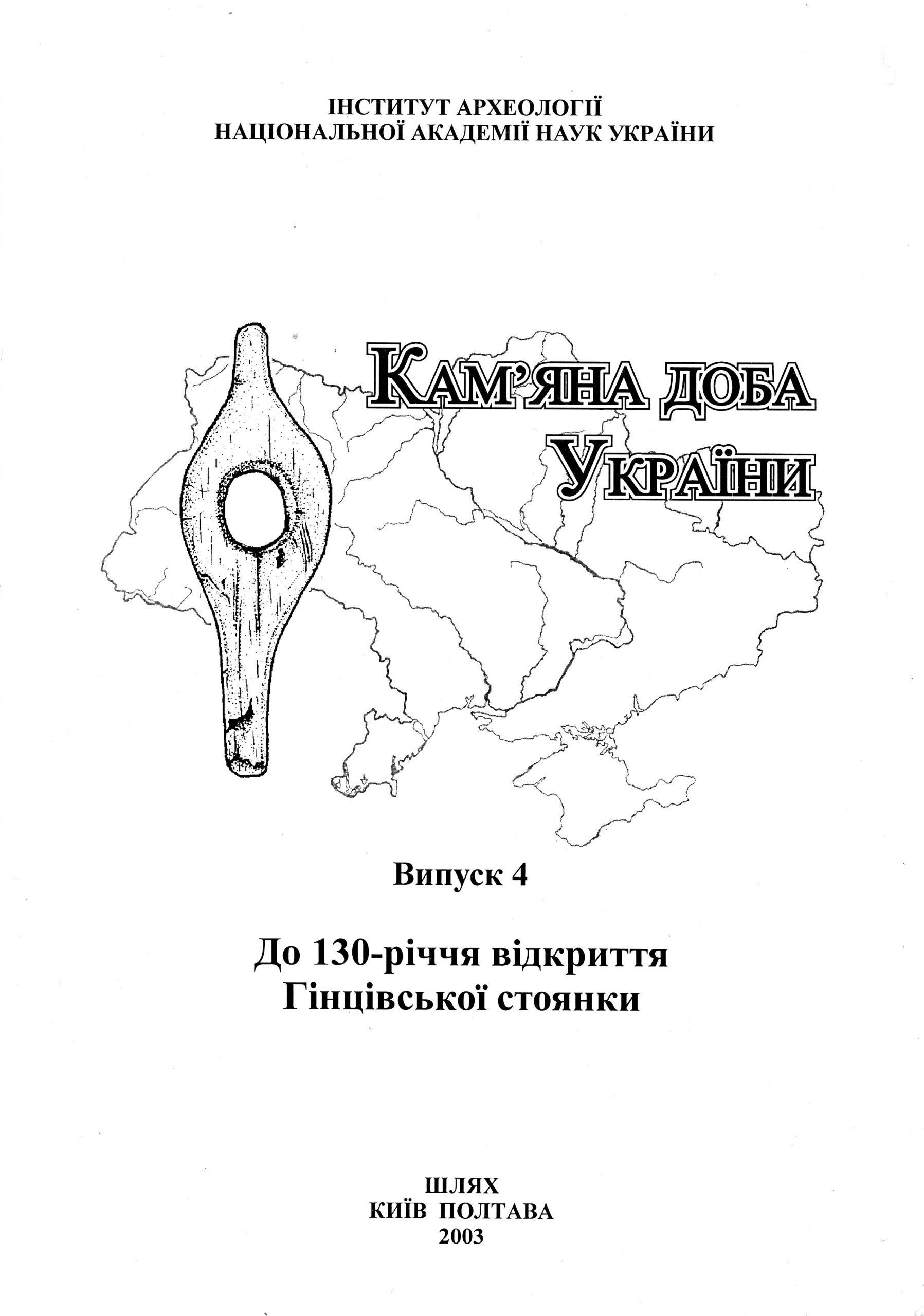
Яковлєва Л.А. Основні етапи досліджень поселень з житлами та іншими конструкціями з кісток мамонта (До 130-річчя розкопок Гінців) // Кам’яна доба України: Збірка наукових статей. — Вип. 4. — Київ: Шлях, 2003. — С. 18-42.
yakovleva_evolyuczyya-zhytla.pdfЯковлєва Л.А. Основні етапи досліджень поселень з житлами та іншими конструкціями з кісток мамонта (До 130-річчя розкопок Гінців) // Кам’яна доба України: Збірка наукових статей. — Вип. 4. — Київ: Шлях, 2003. — С. 18-42.
yakovleva_evolyuczyya-zhytla.pdf
Гавриленко І.М. Вадим Щербаківський та дослідження Гінцівської пізньопалеолітичної стоянки // Кам’яна доба України: Збірка наукових статей. — Вип. 4. — Київ: Шлях, 2003. — С. 53-81.
gavrylenko_shherbakyvskyj_gynczy.pdfГавриленко І.М. Вадим Щербаківський та дослідження Гінцівської пізньопалеолітичної стоянки // Кам’яна доба України: Збірка наукових статей. — Вип. 4. — Київ: Шлях, 2003. — С. 53-81.
gavrylenko_shherbakyvskyj_gynczy.pdfФотогалерея
Gallery
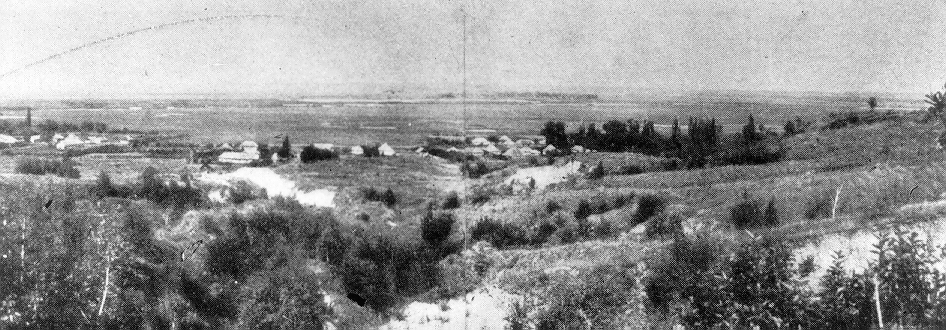
Гінці, с. Гінцівська пізньопалеолітична стоянка. Загальний вигляд. Фото 1969 р.
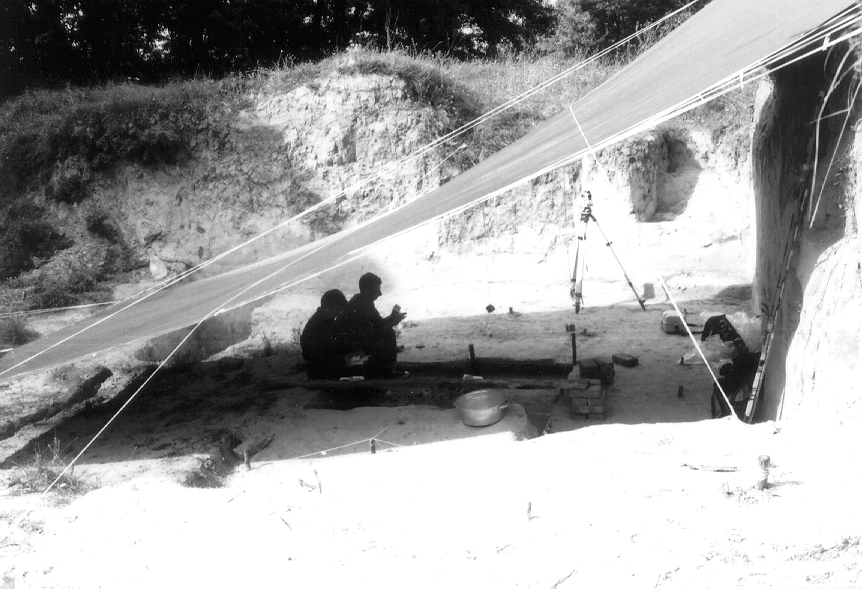
Гінці, с. Гінцівська пізньопалеолітична стоянка. Процес археологічних досліджень господарської ями-сховища першого житлово-господарського комплексу. Фото 1997 р. Розкопки Л.Яковлєвої та Ф.Джинджана.
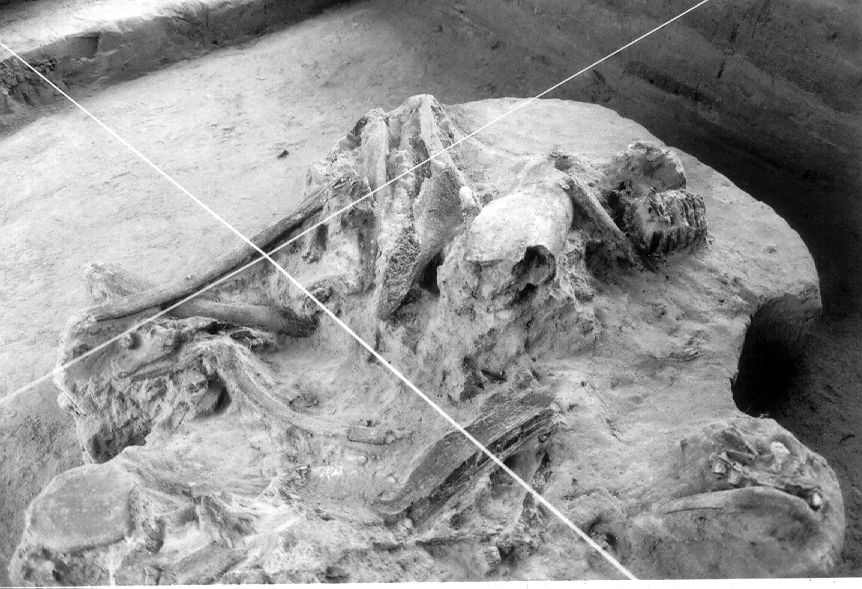
Гінці, с. Гінцівська пізньопалеолітична стоянка. Знахідки із заповнення господарської ями-сховища першого житлово-господарського комплексу. Фото 1997 р. Розкопки Л.Яковлєвої та Ф.Джинджана.
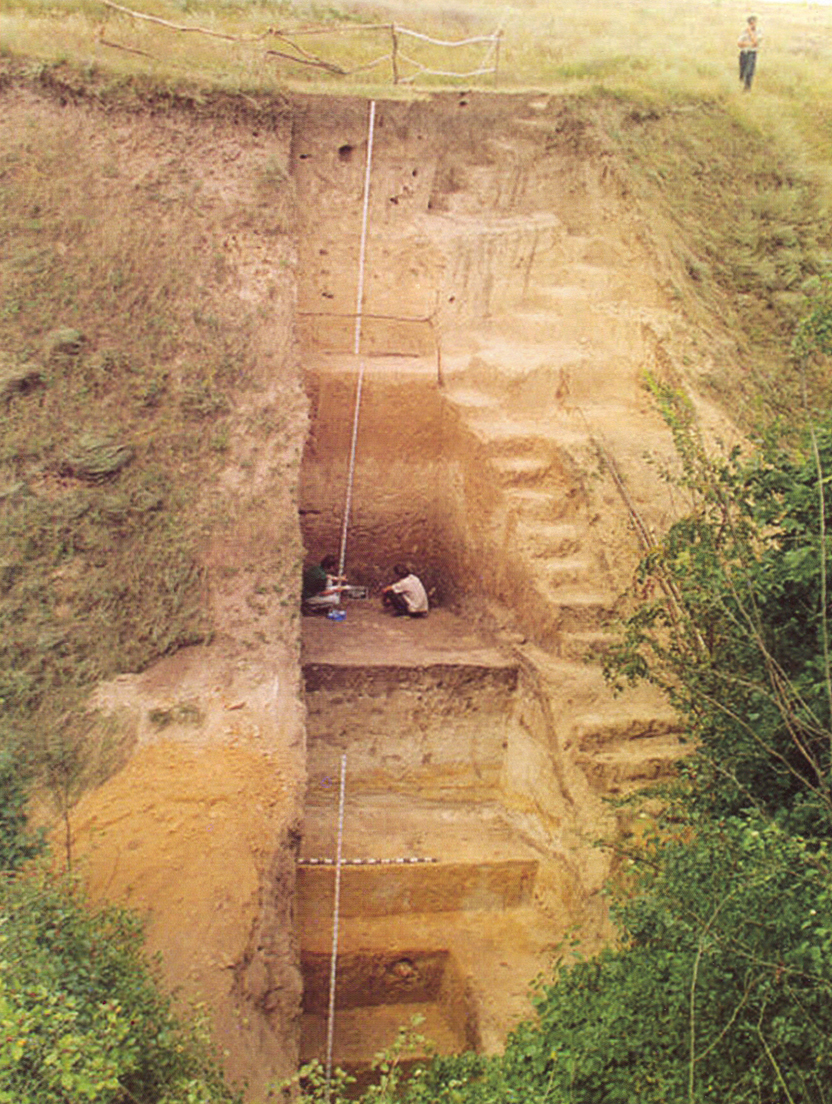
Гінці, с. Гінцівська пізньопалеолітична стоянка. Розріз. Фото 2005 р. Розкопки Л.Яковлєвої та Ф.Джинджана.
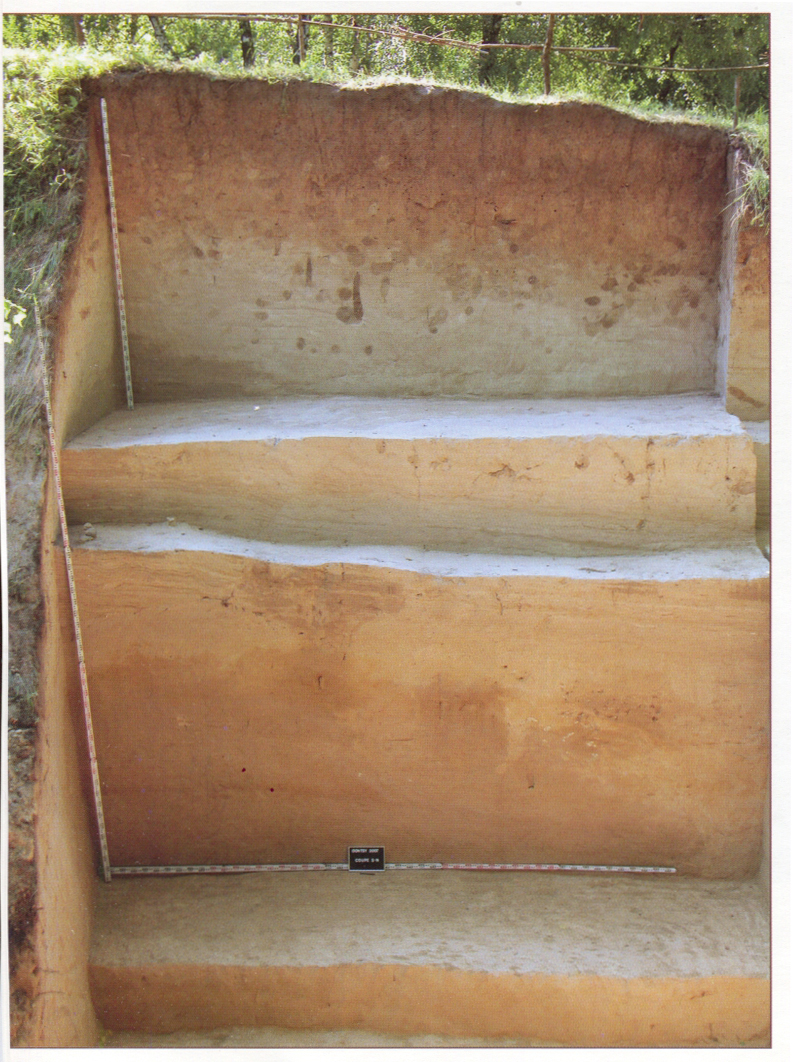
Гінці, с. Гінцівська пізньопалеолітична стоянка. Розріз. 2007. Розкопки Л.Яковлєвої та Ф.Джинджана.
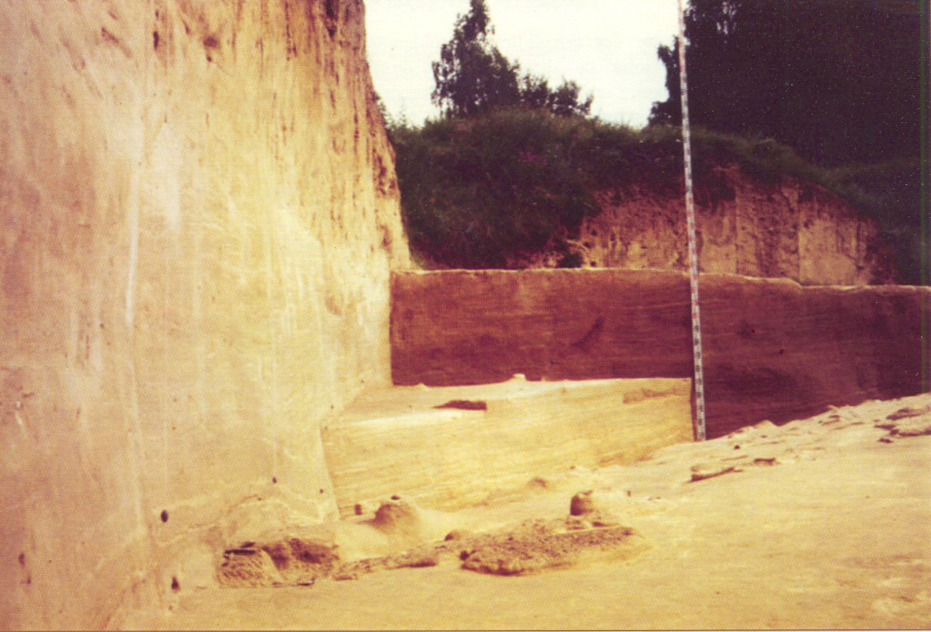
Гінці, с. Гінцівська пізньопалеолітична стоянка. Археологічні дослідження частини стоянки. Фото 1997. Розкопки Л.Яковлєвої та Ф.Джинджана.
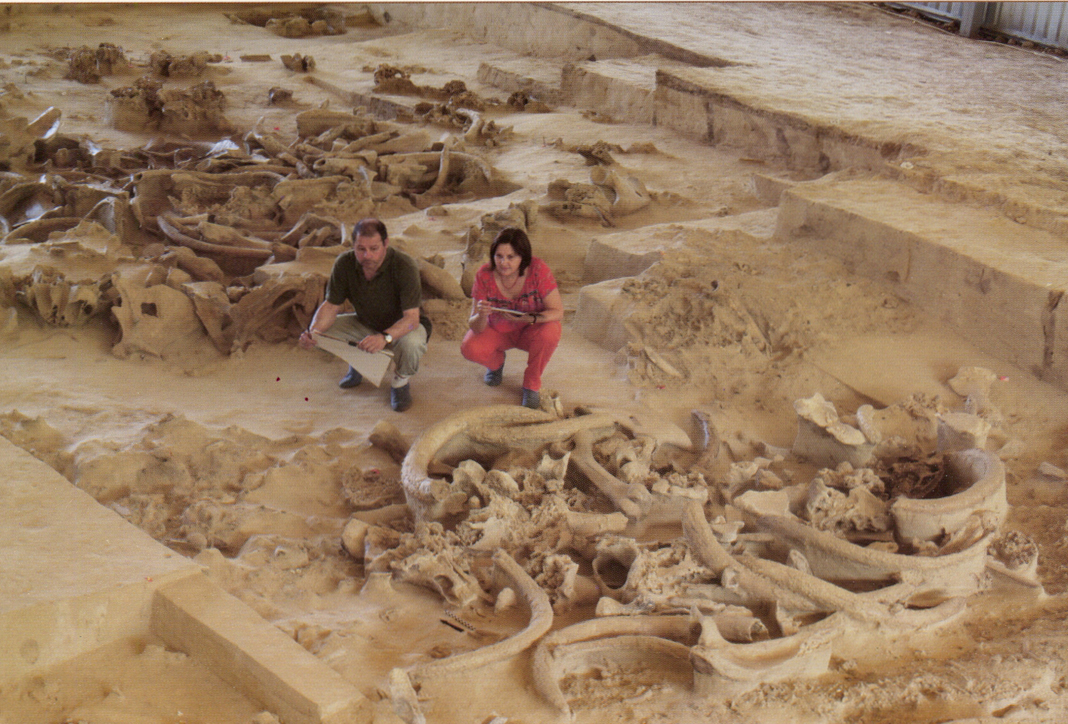
Гінці, с. Гінцівська пізньопалеолітична стоянка. Споруди із кісток мамонта № 4, № 5. Фото 2013. Розкопки Л.Яковлєвої та Ф.Джинджана.
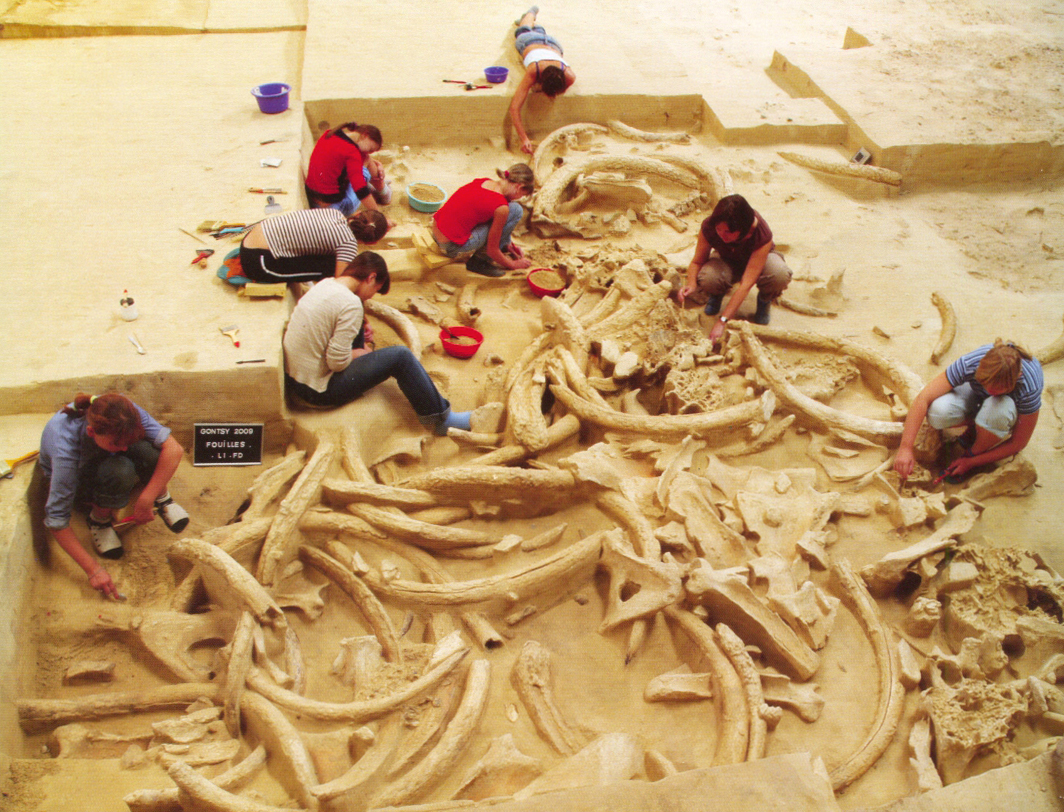
Гінці, с. Гінцівська пізньопалеолітична стоянка. Процес археологічних досліджень споруди із кісток мамонта № 3. Фото 2009. Розкопки Л.Яковлєвої та Ф.Джинджана.
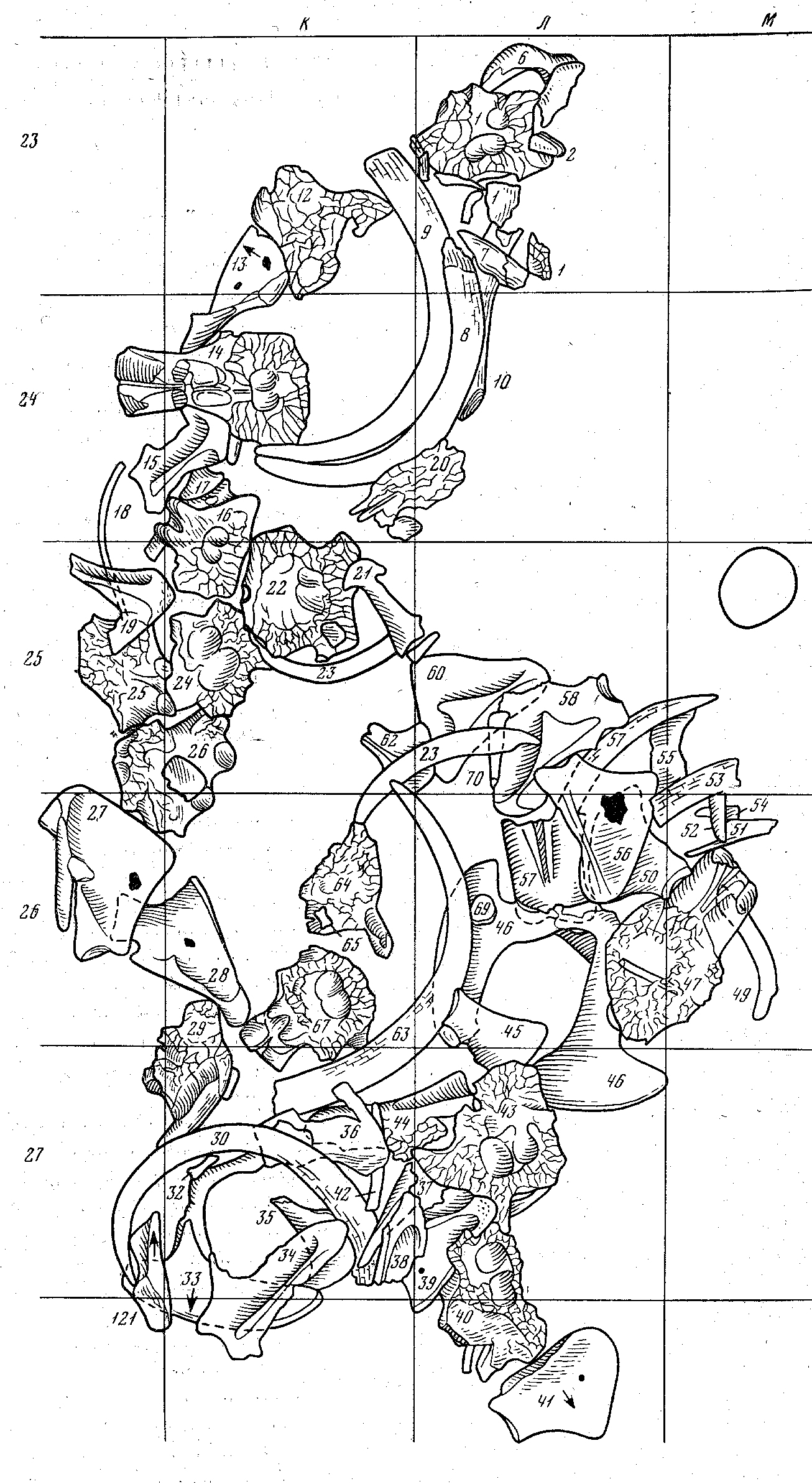
Гінці, с. Гінцівська пізньопалеолітична стоянка. Кістки мамонта залишки першого гінцівського житла. Консервація Щербаківського В.М. (1915 р.), за розкопками Сергіна В.Я., 1980 р

Гінці, с. Гінцівська пізньопалеолітична стоянка. Споруда із кісток мамонта № 4. Фото 2011-2012 рр. Розкопки Л.Яковлєвої та Ф.Джинджана.
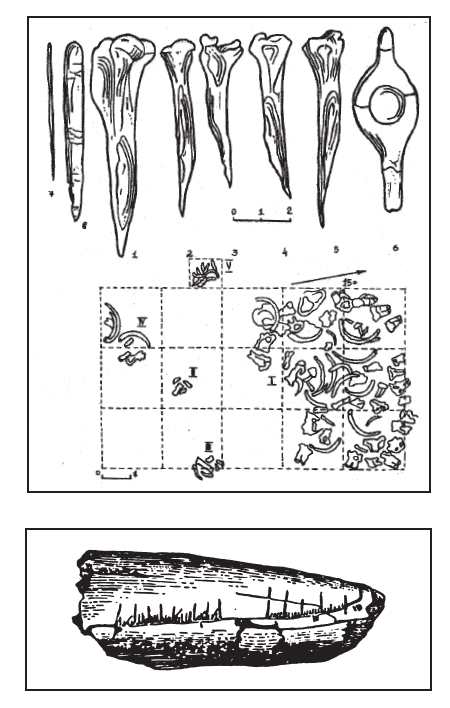
Гінцівська палеолітична стоянка. Знарядя та вироби з кістки. Схематичний план розкопу Щербаківського В.М., 1916 р.Уламок бивня мамонта з нарізками календарного характеру.
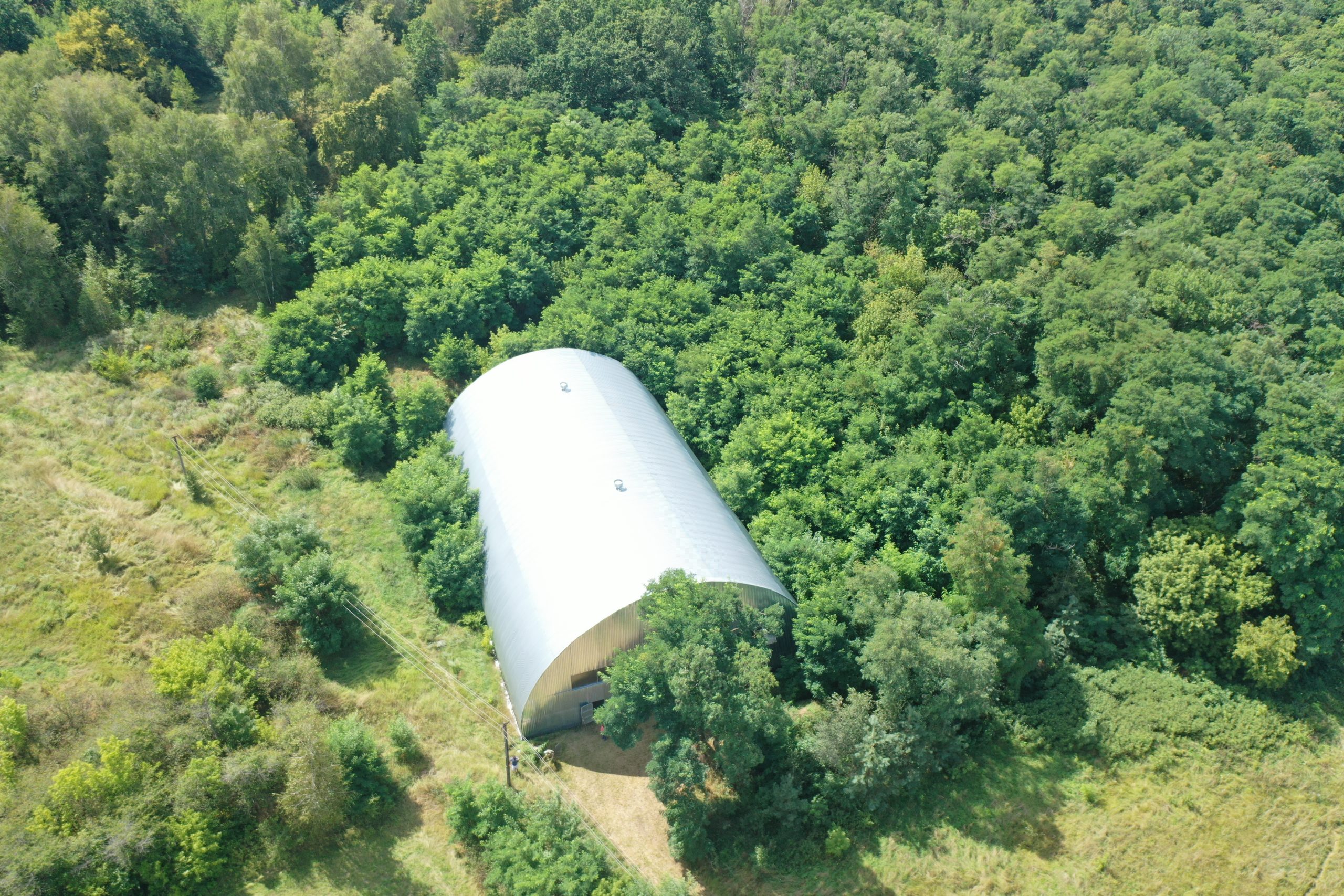
Гінці, с. Гінцівська пізньопалеолітична стоянка. Ангар над ділянкою де проводяться археологічні дослідження. Фото 2020 р.
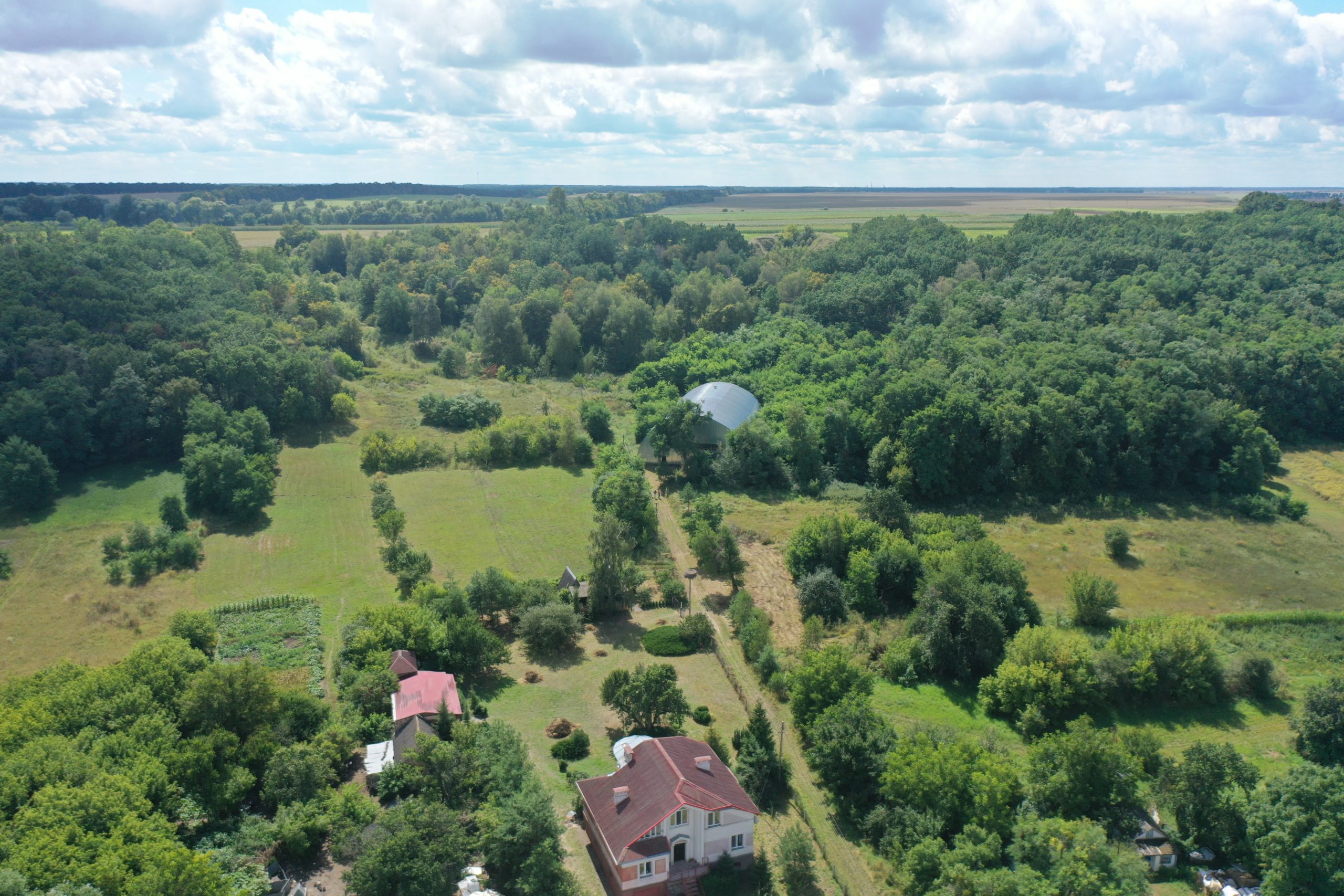
Гінці, с. Гінцівська пізньопалеолітична стоянка з висоти пташиного польоту. Фото 2020 р.
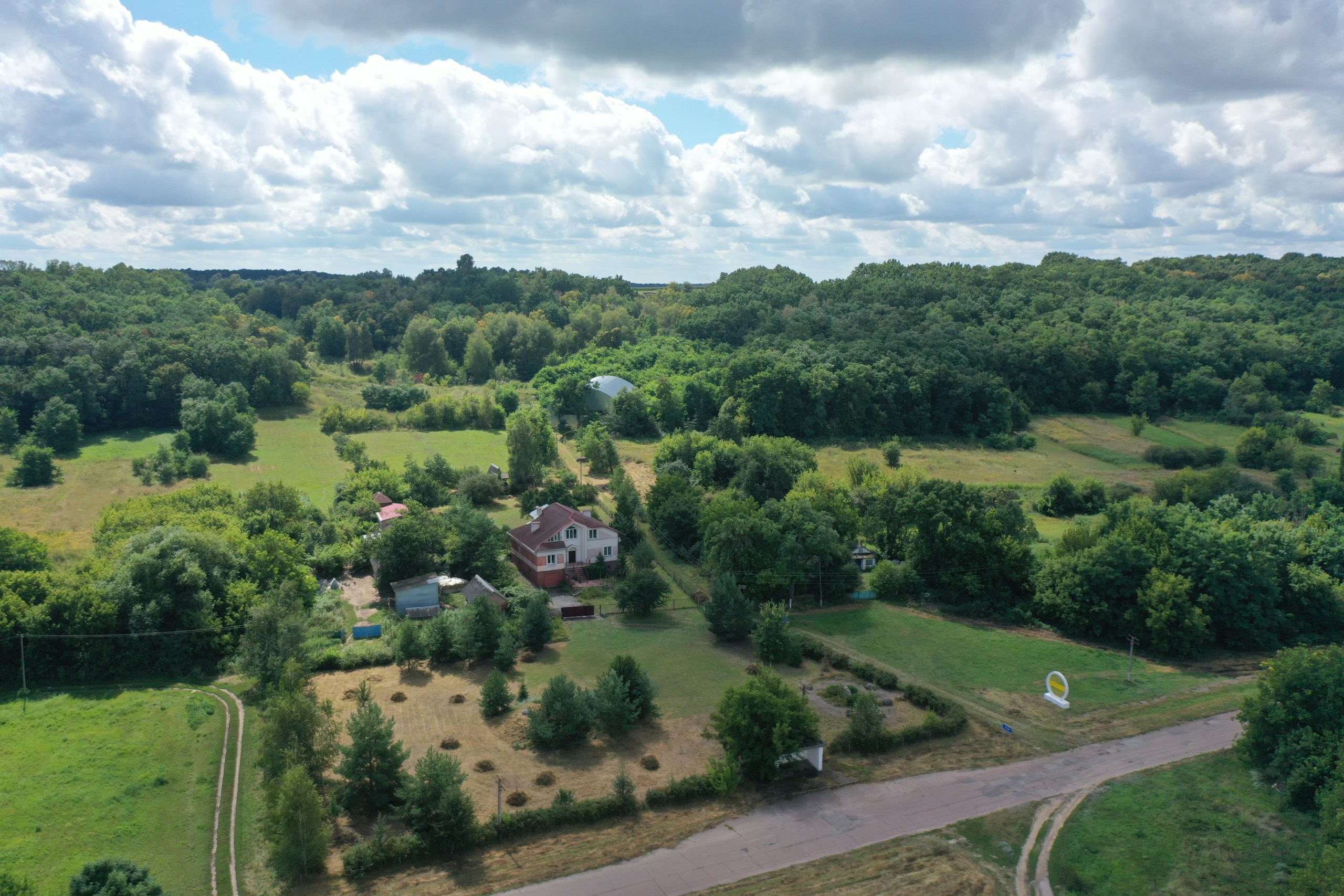
Гінці, с. Гінцівська пізньопалеолітична стоянка. Вигляд з півдня. Фото 2020 р.
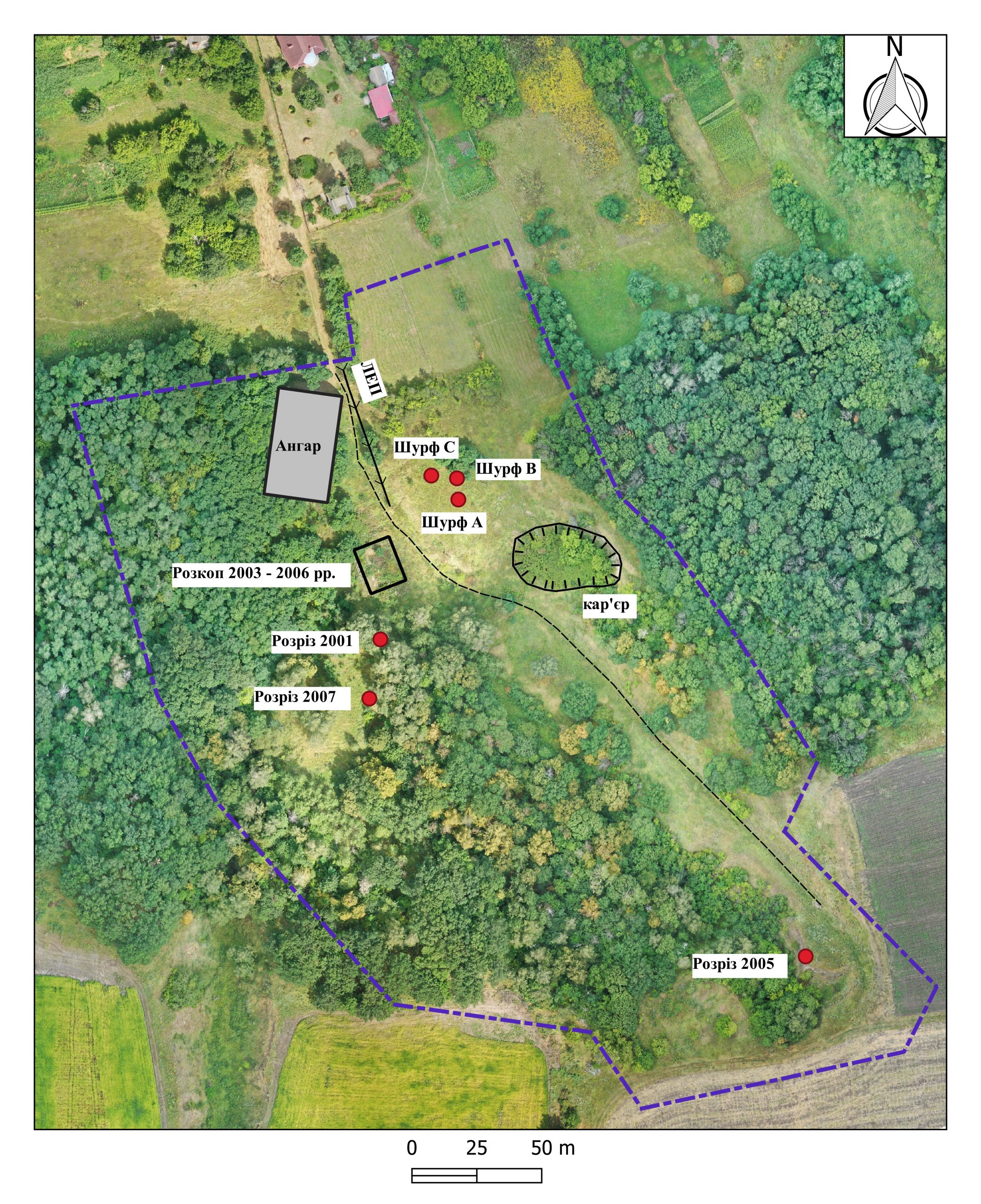
Гінцівська палеолітична стоянка. План розташування пам’ятки (на основі зйомки квадрокоптеру).
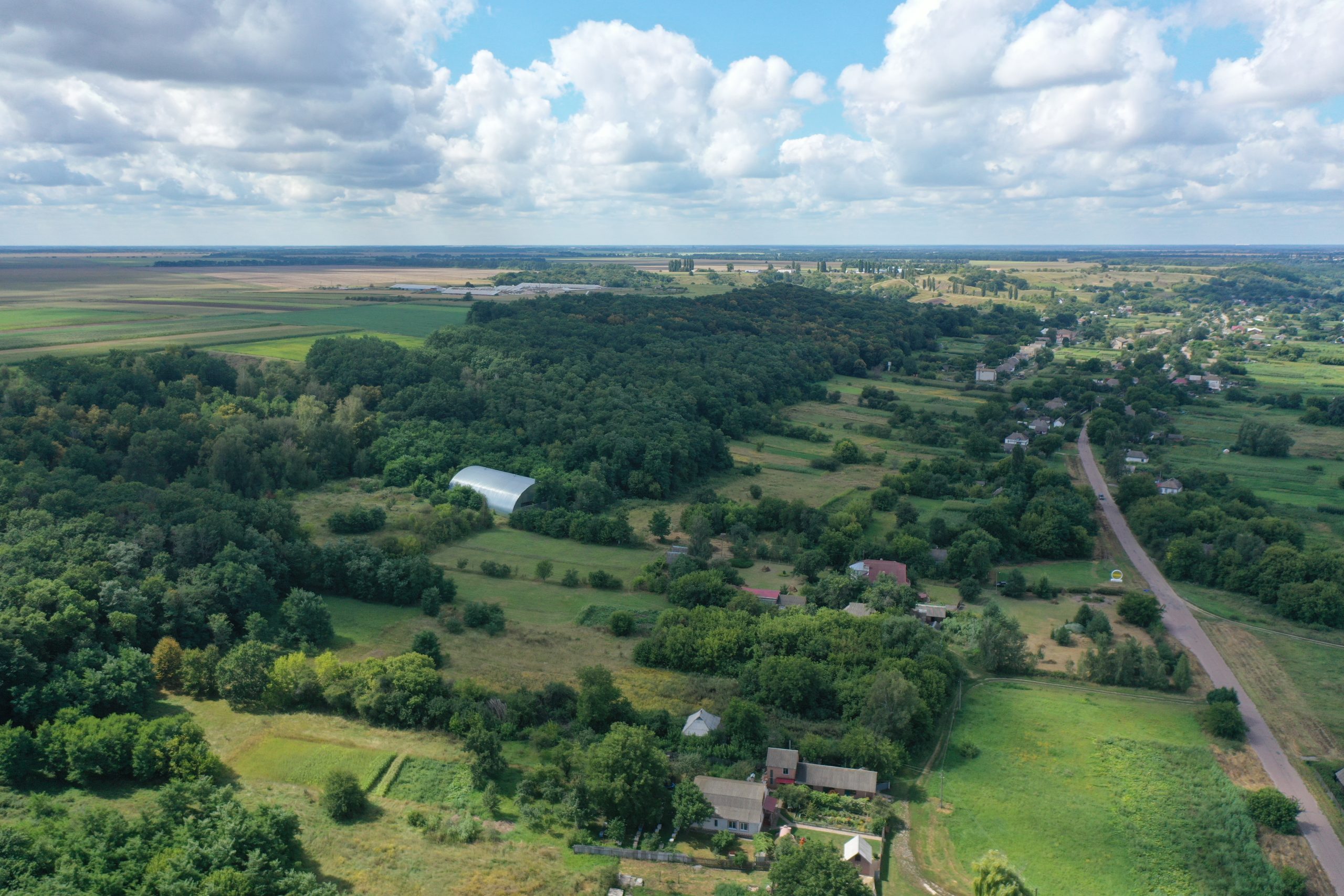
Гінцівська палеолітична стоянка. Вигляд із заходу. Фото 2020 р.
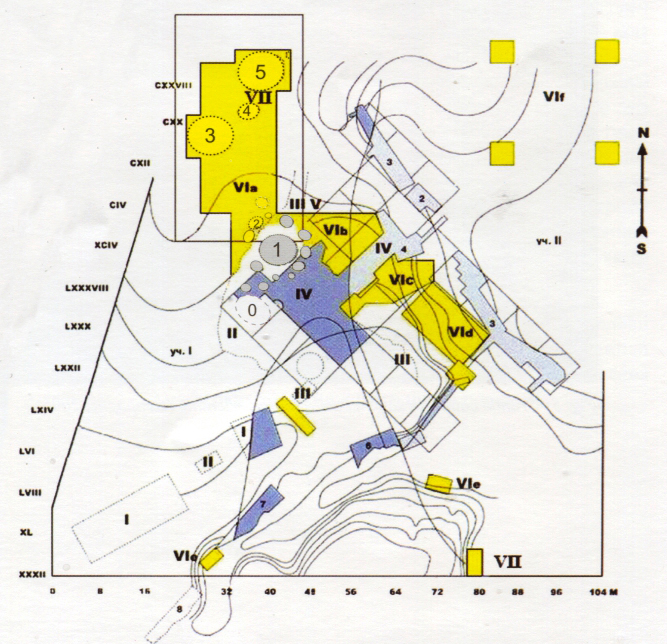
Гінцівська палеолітична стоянка. Плани розміщення досліджених ділянок стоянки 1873-2014 рр за Л.Яковлєвої.
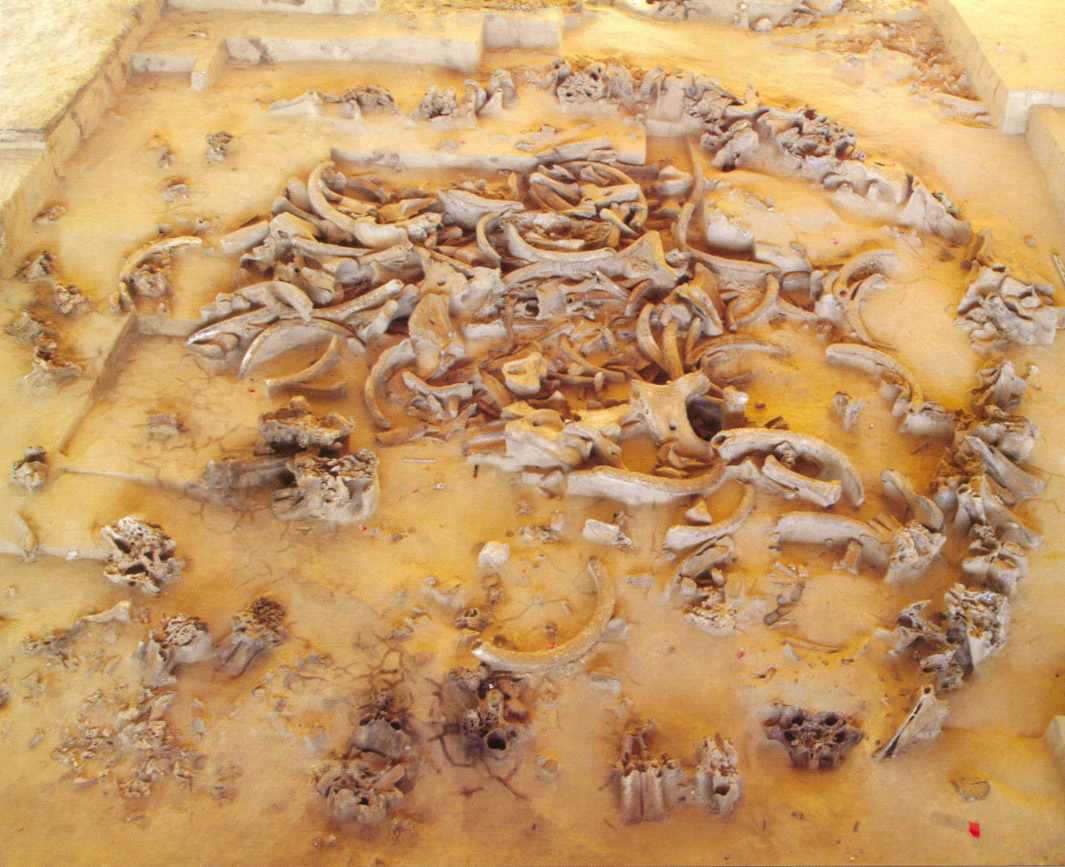
Гінці, с. Гінцівська пізньопалеолітична стоянка. Споруда із кісток мамонта № 5. Фото 2013. Розкопки Л.Яковлєвої та Ф.Джинджана.
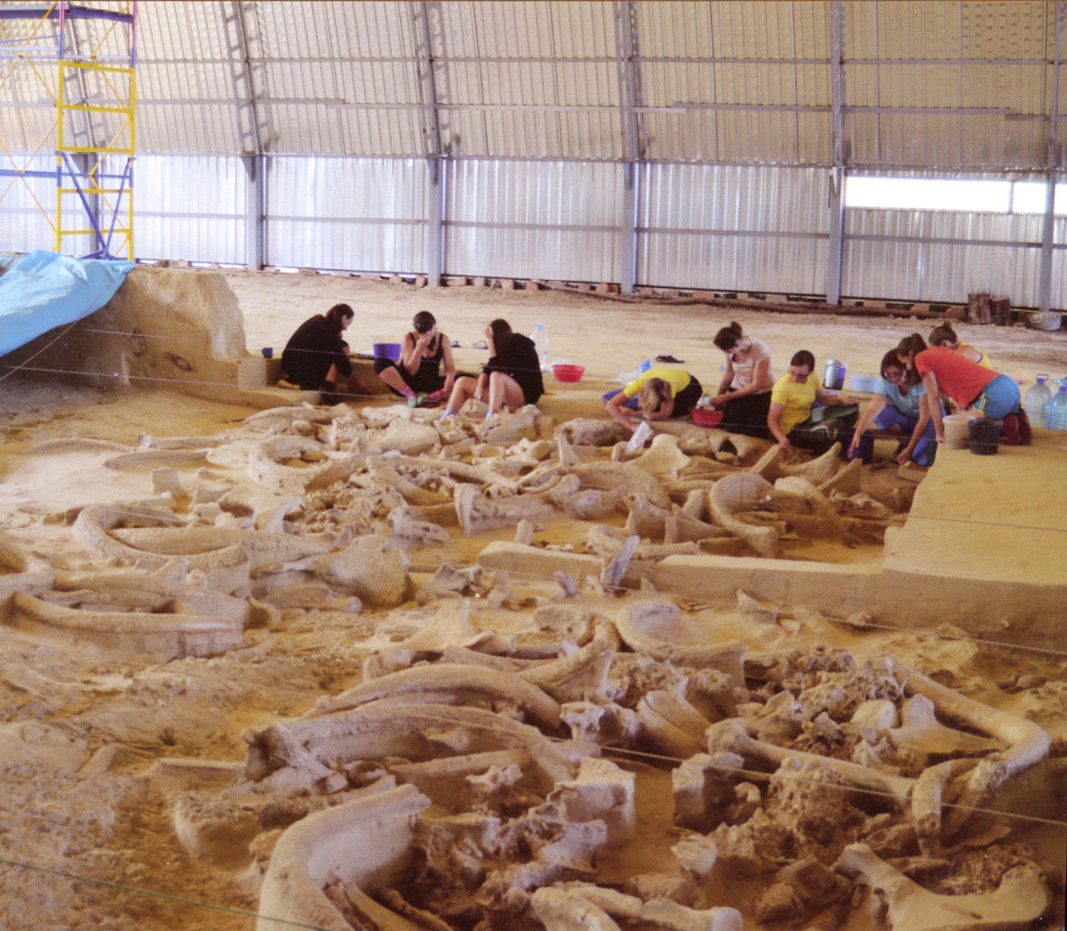
Гінці, с. Гінцівська пізньопалеолітична стоянка. Процес археологічних досліджень споруди із кісток мамонта № 3. Фото 2014 р. Розкопки Л.Яковлєвої та Ф.Джинджана.
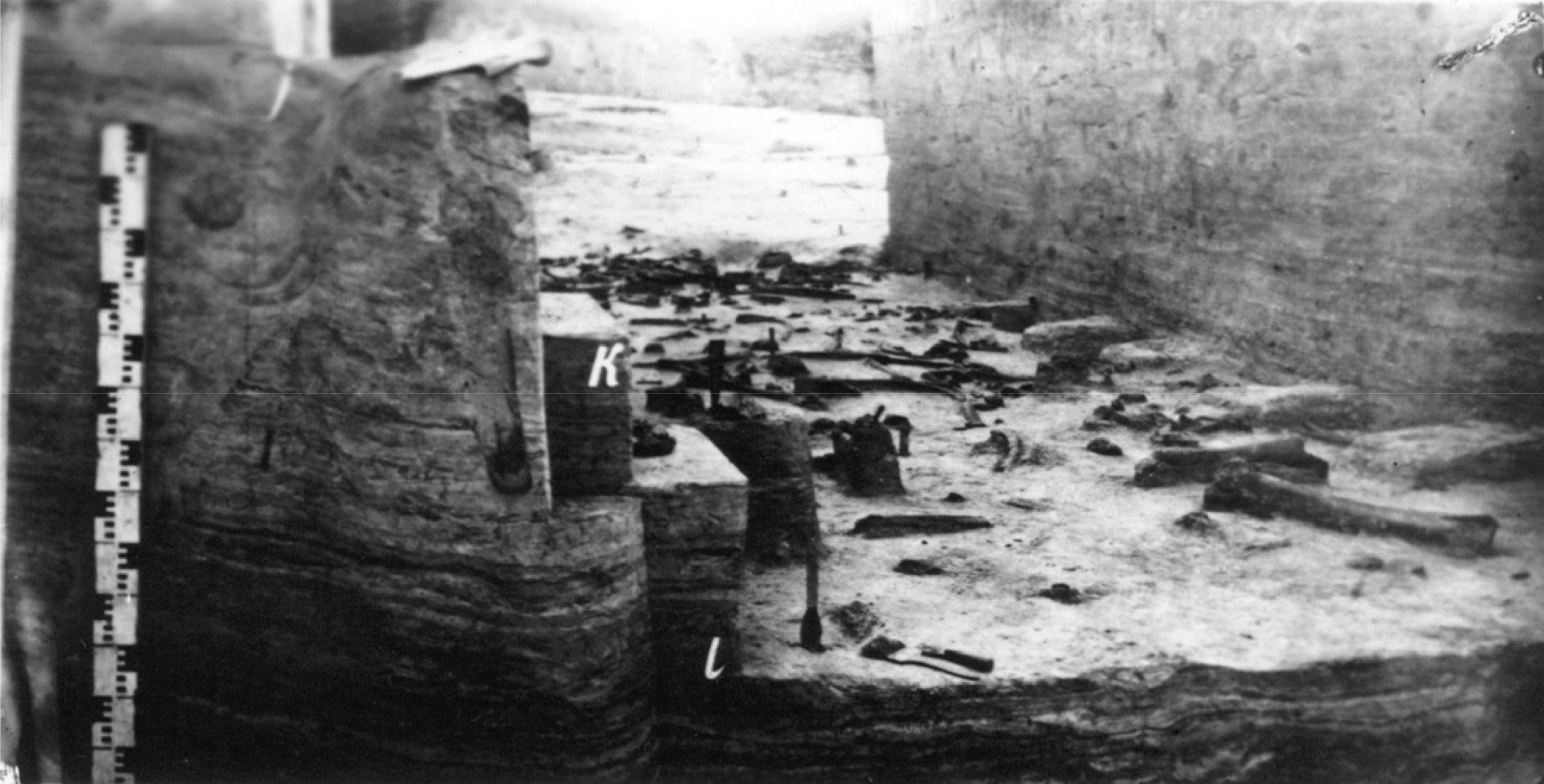
Гінці, с. Гінцівська пізньопалеолітична стоянка. Розкопки І.Ф.Левицького 1935р. (Горизонти К та L).
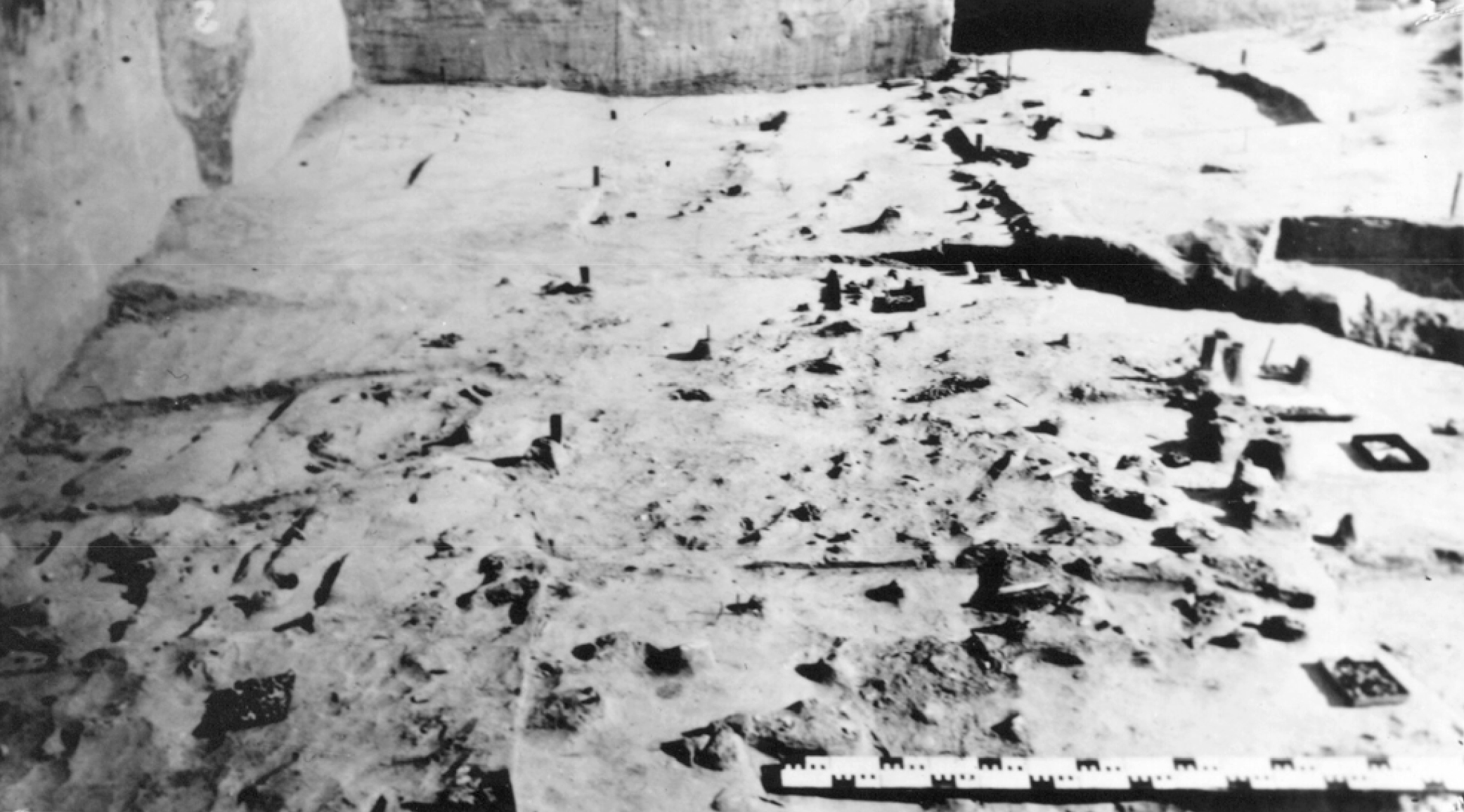
Гінці, с. Гінцівська пізньопалеолітична стоянка. Розкопки І.Ф.Левицького 1935р. Нижній шар (Горизонт L).
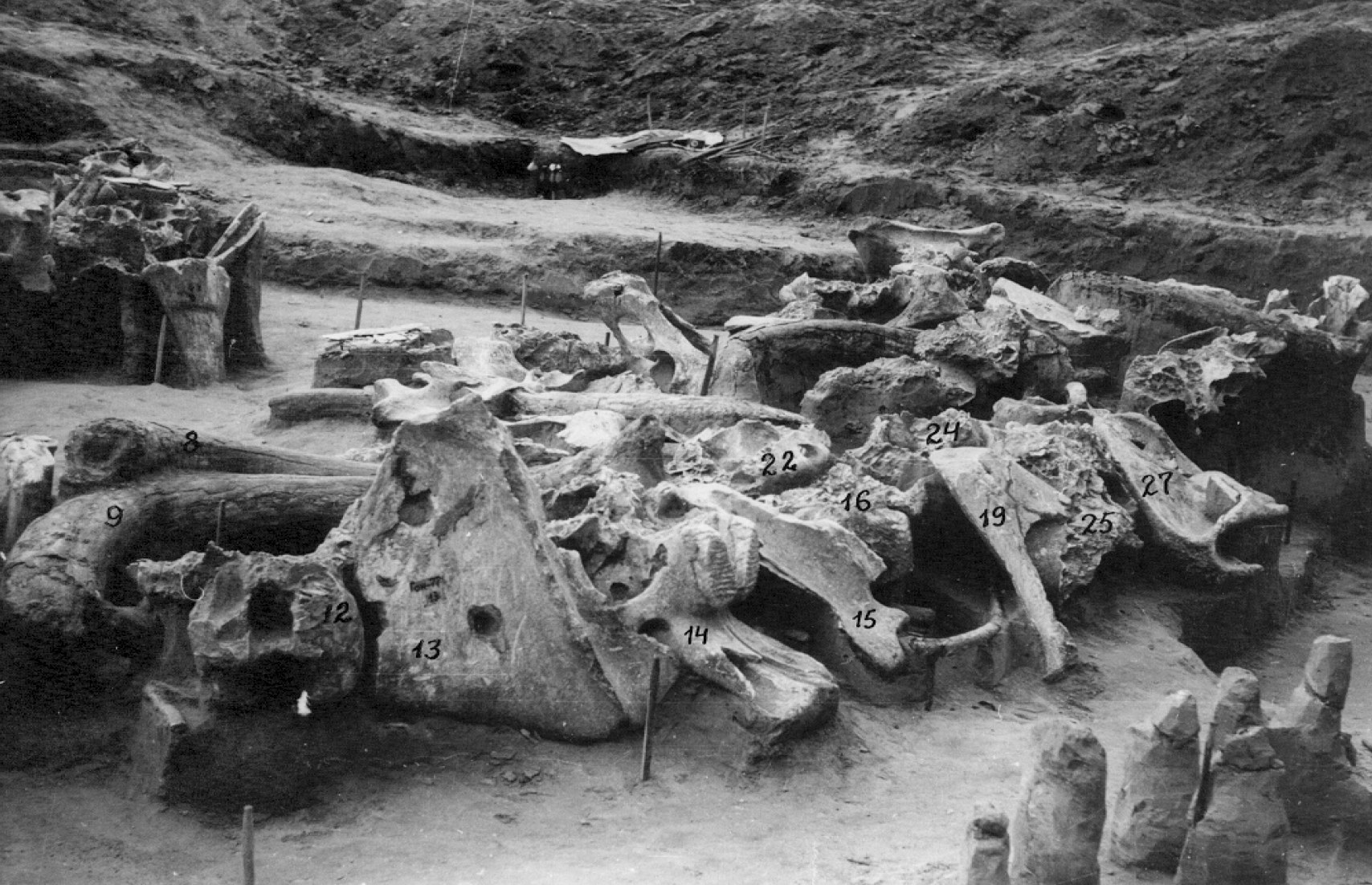
Гінці, с. Гінцівська пізньопалеолітична стоянка. Залишки житла із кісток мамонта №1. Розкопки В.М.Щербаківського 1914‐1915 рр. Розкопки В.Я.Сергіна 1977 ‐1978рр.
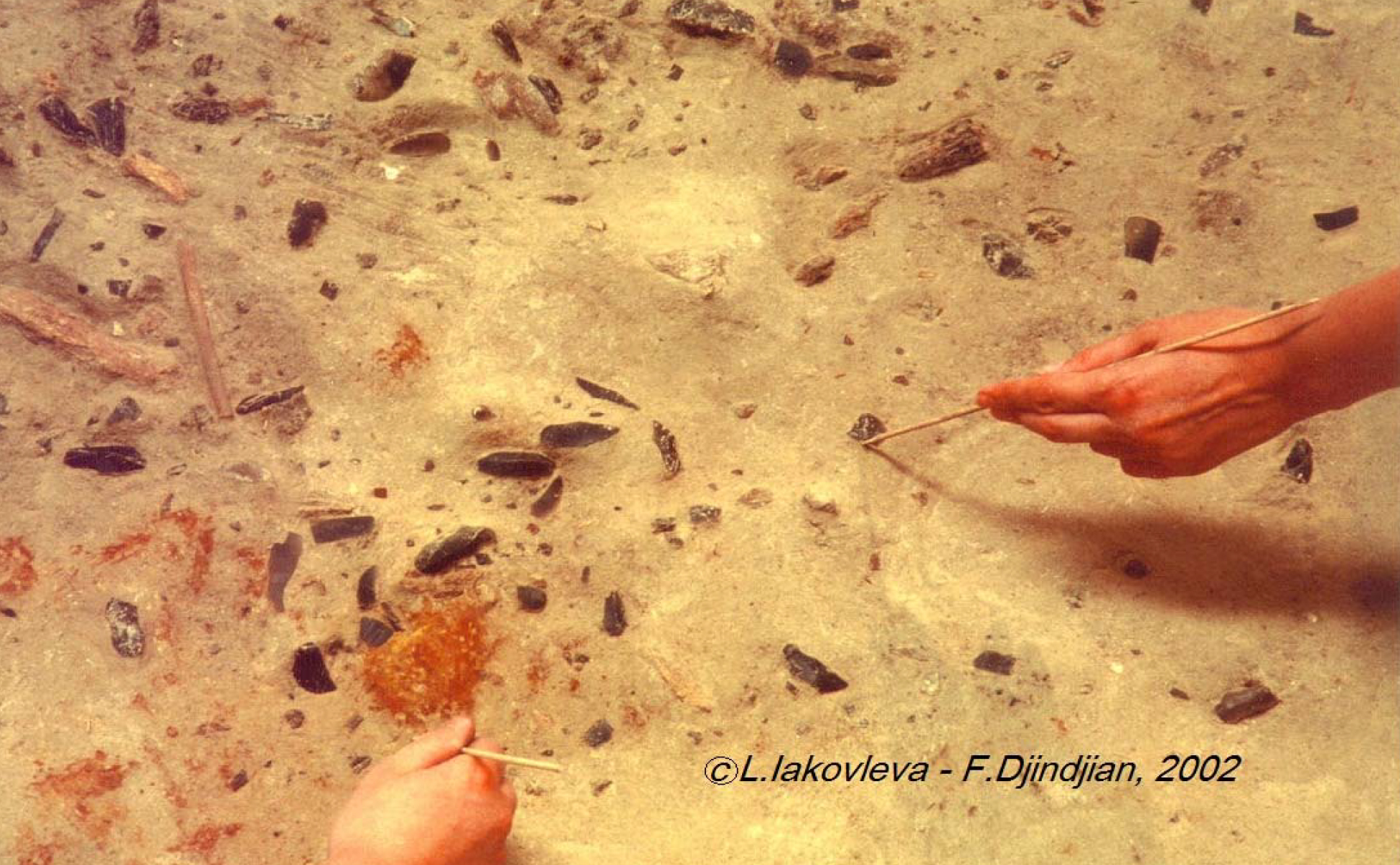
Гінці, с. Гінцівська пізньопалеолітична стоянка. Нижній культурний шар. Робоча ділянка просто неба. Розкопки Л.Яковлєвої. 2002.
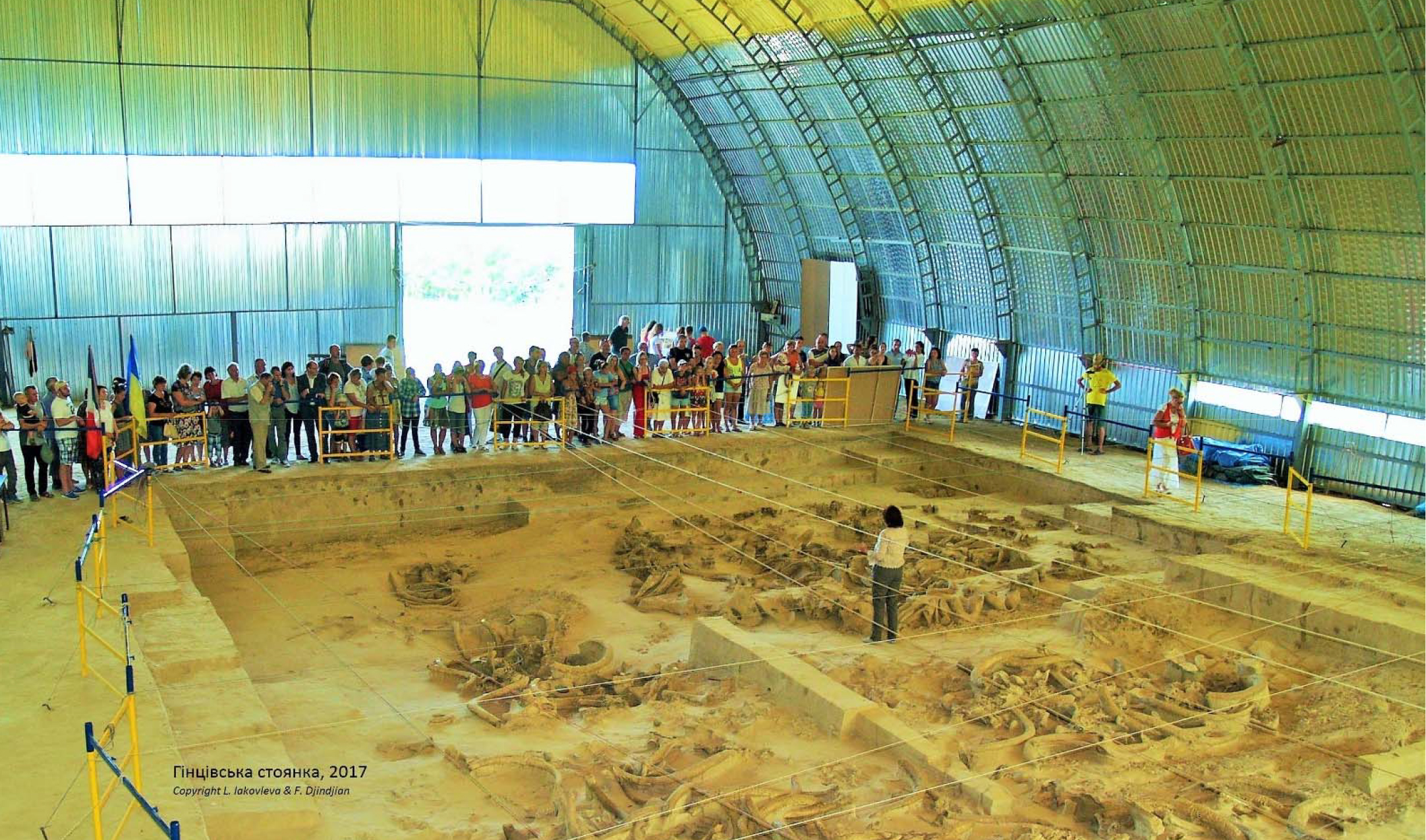
Гінці, с. Гінцівська пізньопалеолітична стоянка. День відкритих дверей 2017 р.
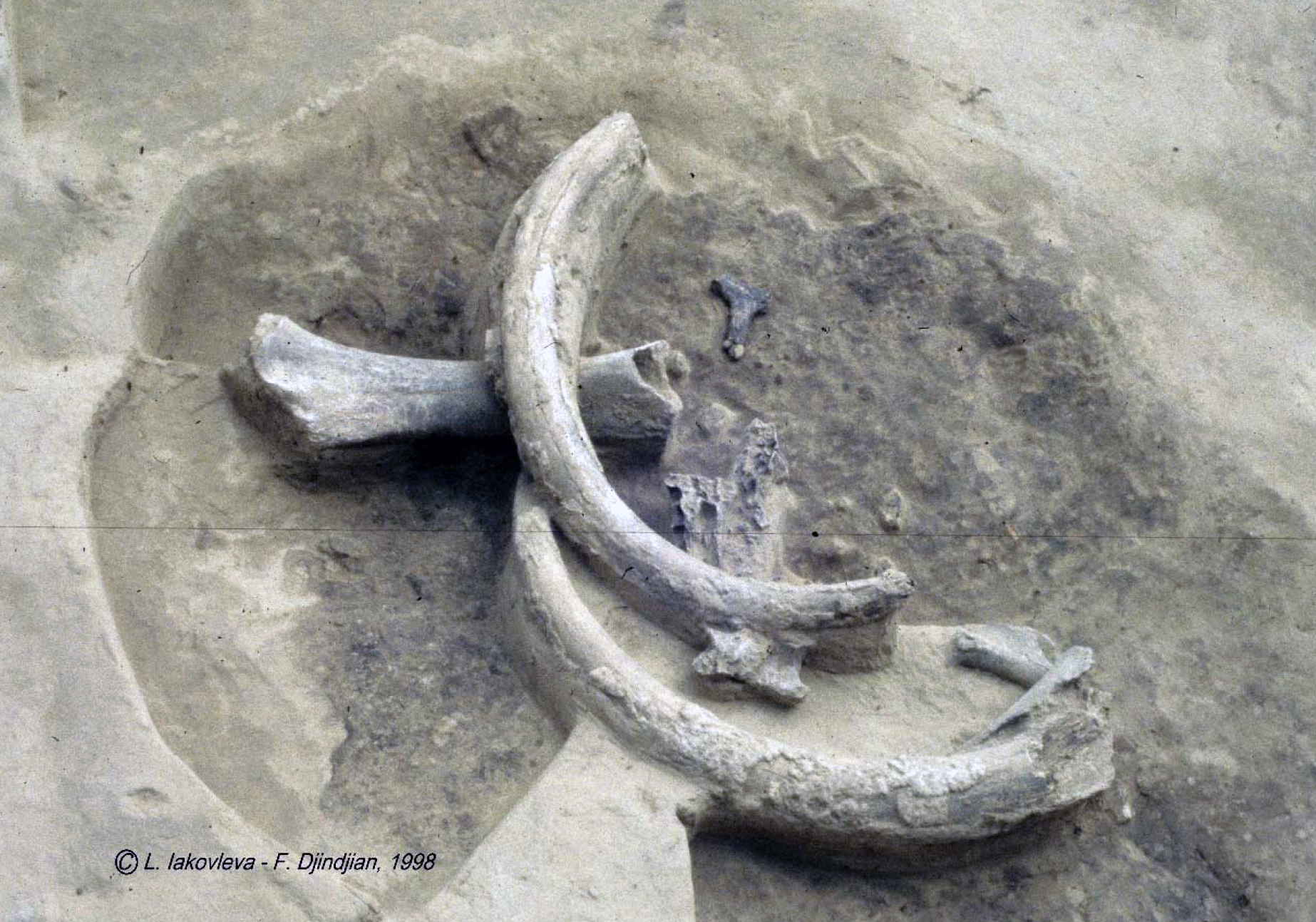
Гінці, с. Гінцівська пізньопалеолітична стоянка. Мале житло №2. нижній шар. Розкопки Л.Яковлєвої. 1998р.
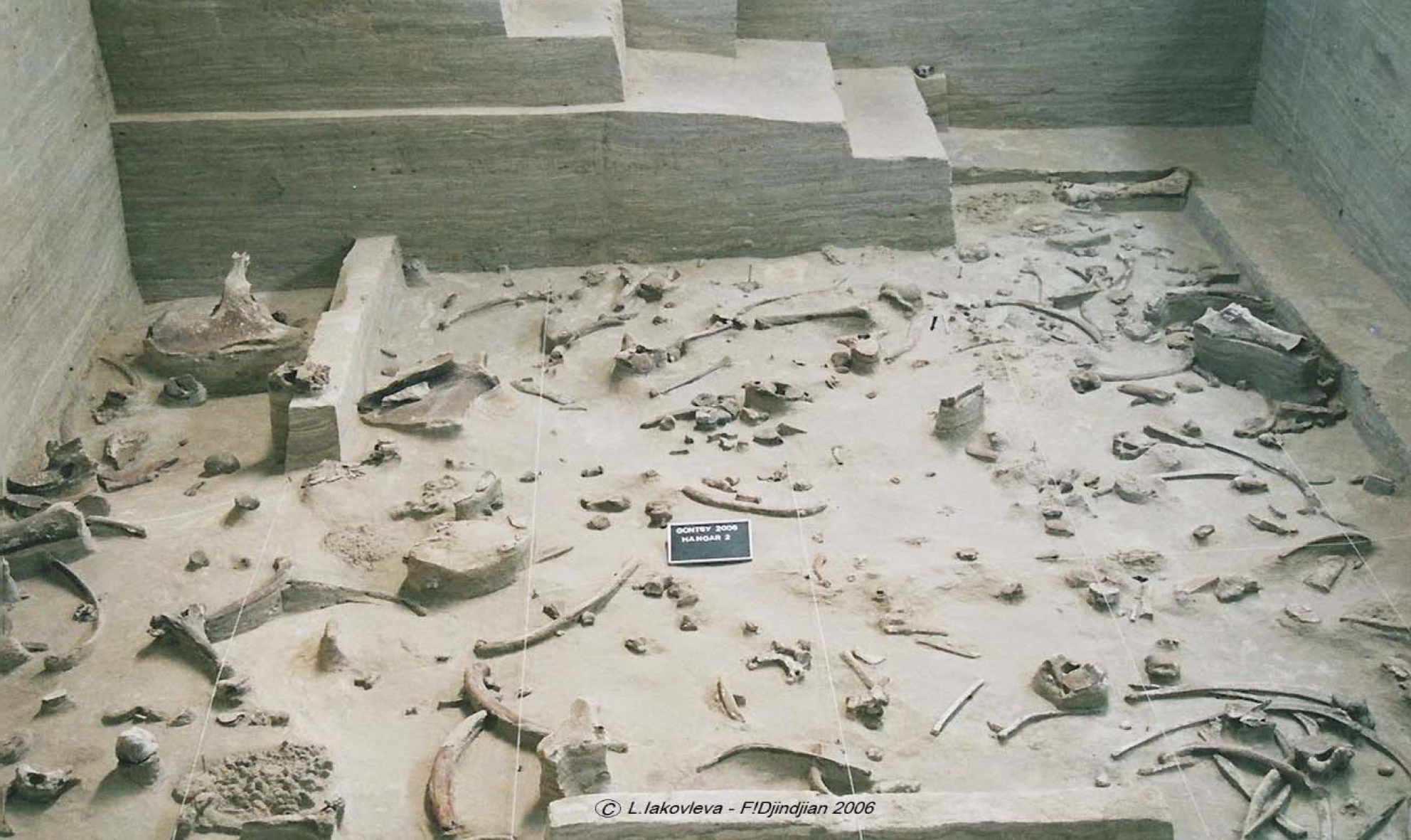
Гінці, с. Гінцівська пізньопалеолітична стоянка. Східний яр. нижній шар. Розкопки Л.Яковлєвої. 2003 ‐2006 рр.
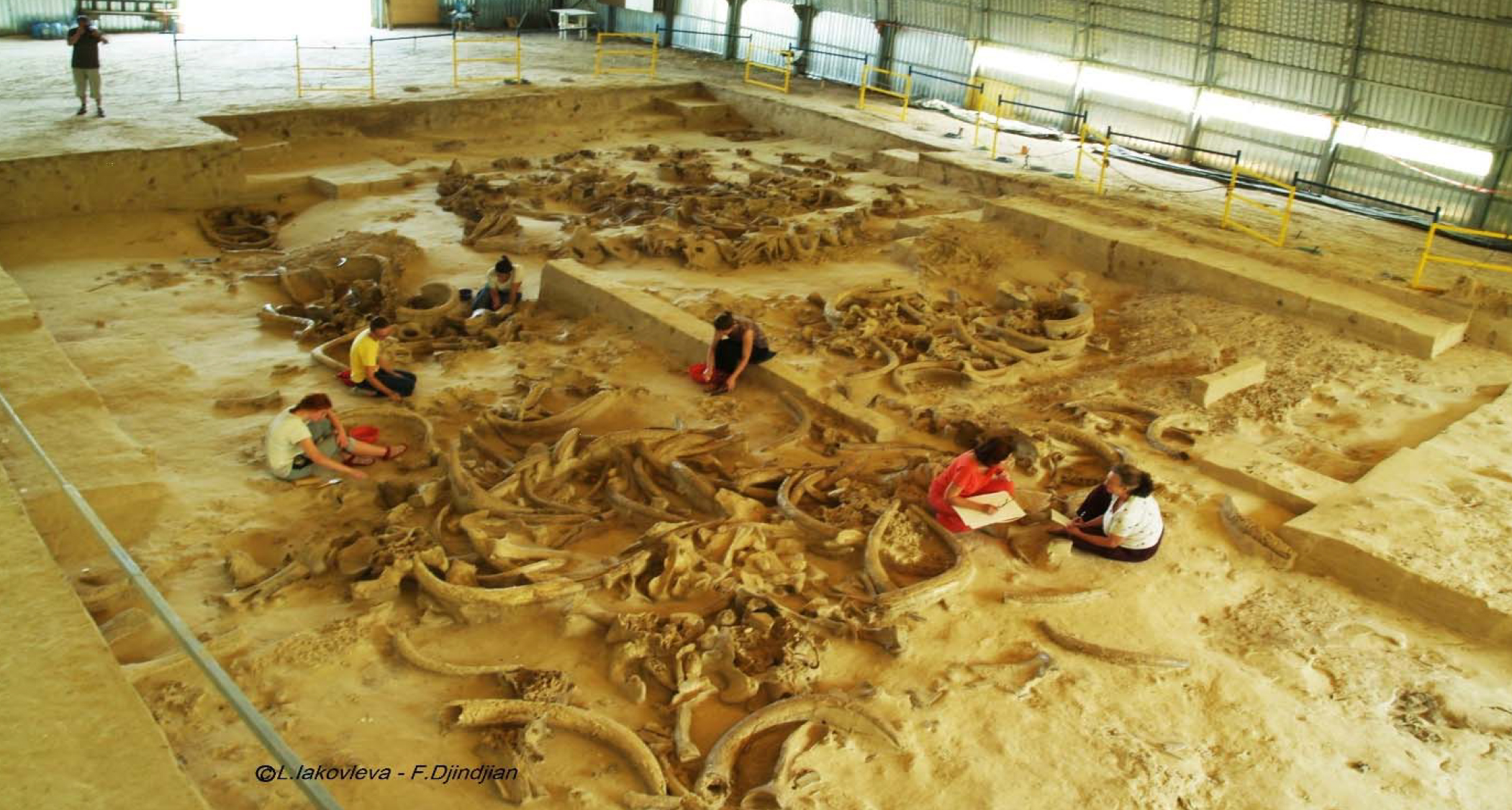
Гінці, с. Гінцівська пізньопалеолітична стоянка. Центральна частина Гінцівської стоянки з рештками споруд із кісток мамонта, нижній шар. Розкопки Л.Яковлєвої. 2000 ‐2019 рр.
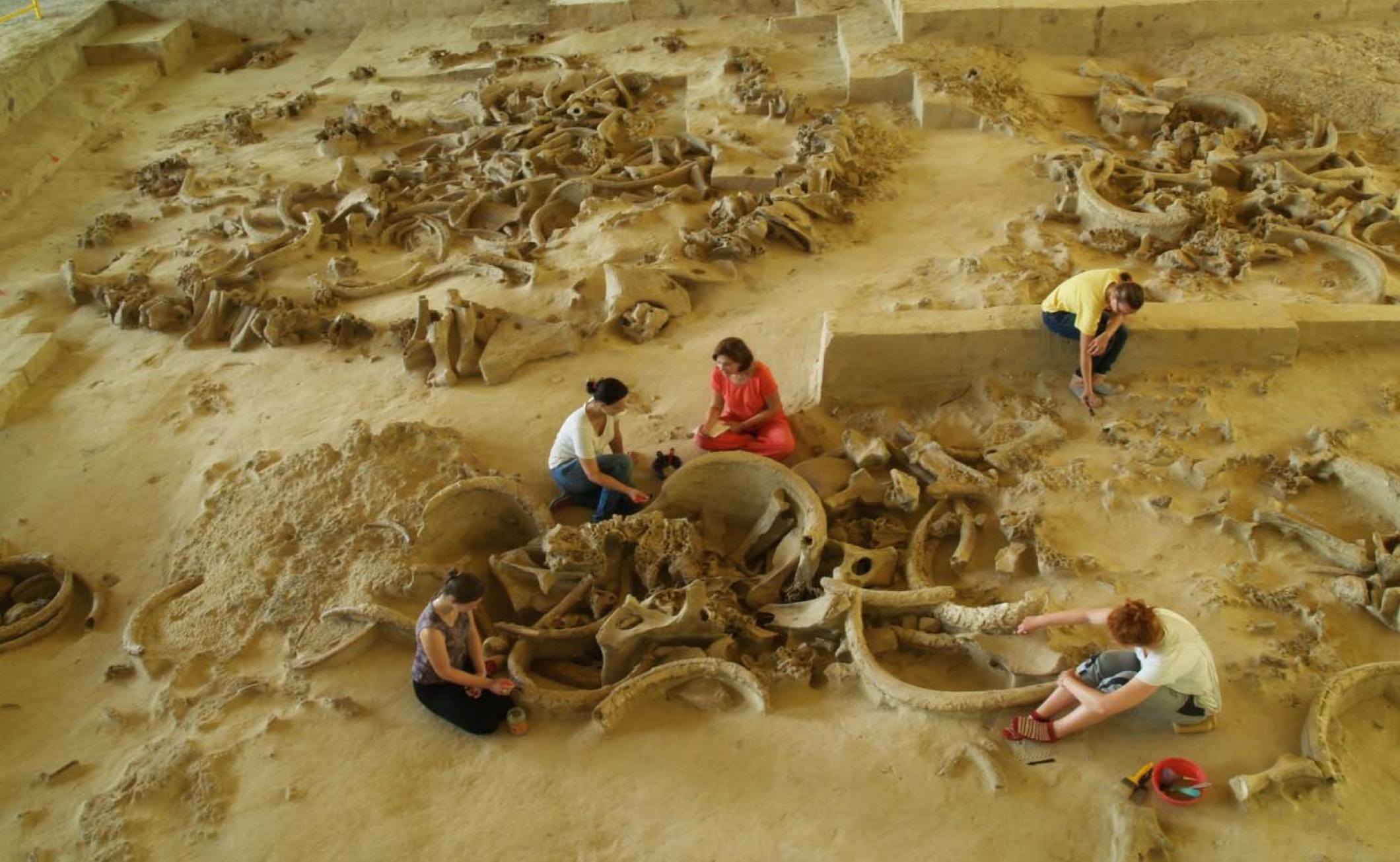
Гінці, с. Гінцівська пізньопалеолітична стоянка. Споруди із кісток мамонта № 4, № 5, № 6. Розкопки Л.Яковлєвої. 2011 ‐2019 рр.